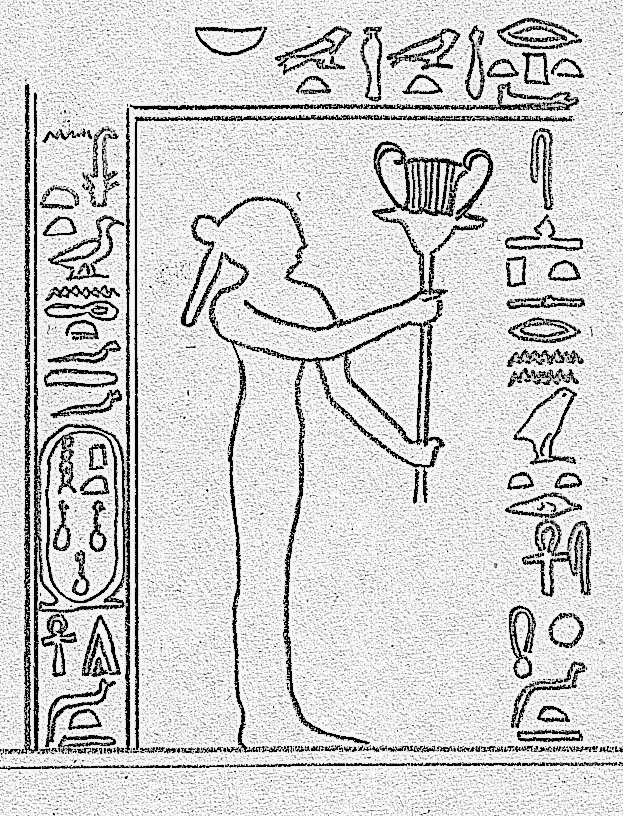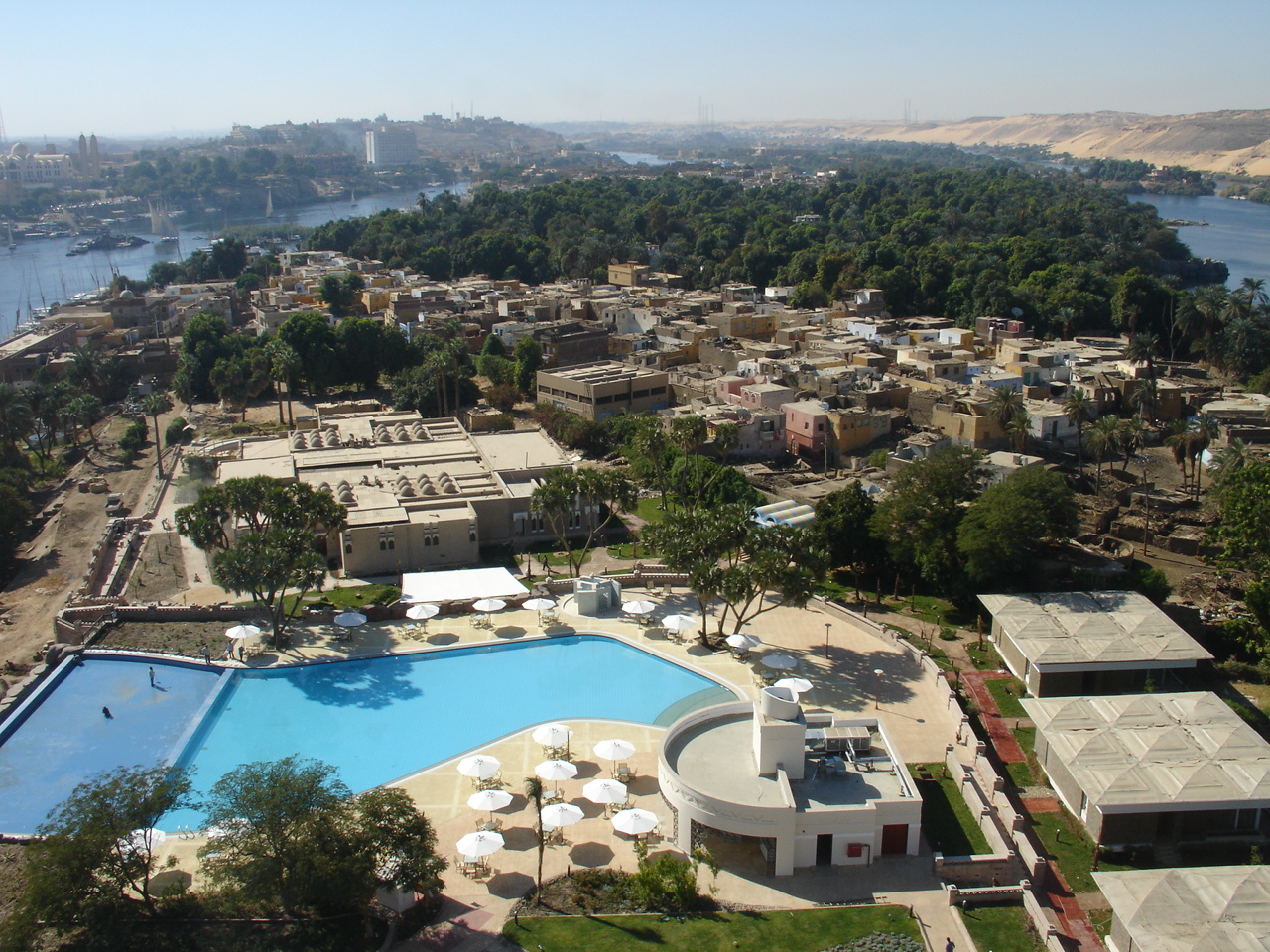|
Neferu-Ptah
Neferuptah or Ptahneferu (“Beauty of Ptah”) was a daughter of the Egyptian king Amenemhat III (c. 1860 BC to 1814 BC) of the 12th Dynasty. Her sister was the Pharaoh Sobekneferu (“Beauty of Sobek”). Biography Neferuptah is one of the first royal women whose name was written inside a cartouche. Although she never had the title 'king's wife', she must have had a special status; it is possible she was regarded as a future ruler., p.98 Her titles included '' member of the elite, great of favour, great of praise'' and ''beloved king's daughter of his body''. A burial for her was prepared in the tomb of her father at Hawara. However, she was not buried there, but in a small pyramid at Hawara. Her tomb was found intact in 1956 and still contained her jewellery, a granite sarcophagus, three silver vases and other objects. The granite sarcophagus was inscribed with a short offering formula. Inside the sarcophagus were found the decayed remains of two wooden coffins. The outer ... [...More Info...] [...Related Items...] OR: [Wikipedia] [Google] [Baidu] |
Hawara
Hawara is an archaeological site of Ancient Egypt, south of the site of Crocodilopolis ('Arsinoë', also known as 'Medinet al-Faiyum') at the entrance to the depression of the Al Fayyum, Fayyum oasis. It is the site of a pyramid built by the Pharaoh Amenemhat III in the 19th century BC. History Amenemhat III was the last powerful ruler of the Twelfth dynasty of Egypt, 12th Dynasty, and the pyramid he built at Hawara is believed to post-date the so-called "Black Pyramid" built by the same ruler at Dahshur. This is believed to have been Amenemhet's final resting place. At Hawara there was also the intact (pyramid) tomb of Neferu-Ptah, daughter of Amenemhet III. This tomb was found about 2 km south of the king's pyramid. In common with the Middle Kingdom of Egypt, Middle Kingdom pyramids constructed after Amenemhat II, it was built of mudbrick round a core of limestone passages and burial chambers, and faced with limestone. Most of the facing stone was later pillaged for us ... [...More Info...] [...Related Items...] OR: [Wikipedia] [Google] [Baidu] |
Princesses Of The Twelfth Dynasty Of Egypt
Princess is a regal rank and the feminine equivalent of prince (from Latin ''princeps'', meaning principal citizen). Most often, the term has been used for the consort of a prince, or for the daughter of a king or prince. Princess as a substantive title Some princesses are reigning monarchs of principalities. There have been fewer instances of reigning princesses than reigning princes, as most principalities excluded women from inheriting the throne. Examples of princesses regnant have included Constance of Antioch, princess regnant of Antioch in the 12th century. Since the President of France, an office for which women are eligible, is ''ex-officio'' a Co-Prince of Andorra, then Andorra could theoretically be jointly ruled by a princess. Princess as a courtesy title Descendants of monarchs For many centuries, the title "princess" was not regularly used for a monarch's daughter, who, in English, might simply be called "Lady". Old English had no female equivalent of "prince" ... [...More Info...] [...Related Items...] OR: [Wikipedia] [Google] [Baidu] |
Elephantine
Elephantine ( ; ; arz, جزيرة الفنتين; el, Ἐλεφαντίνη ''Elephantíne''; , ) is an island on the Nile, forming part of the city of Aswan in Upper Egypt. The archaeological sites on the island were inscribed on the UNESCO World Heritage List in 1979 along with other examples of Upper Egyptian architecture, as part of the " Nubian Monuments from Abu Simbel to Philae" (despite Elephantine being neither Nubian, nor between Abu Simbel and Philae). Geography Elephantine is from north to south, and is across at its widest point. The layout of this and other nearby islands in Aswan can be seen from west bank hillsides along the Nile. The island is located just downstream of the First Cataract, at the southern border of Upper Egypt with Lower Nubia. This region above is referred to as Upper Egypt because it is further up the Nile. The island may have received its name after its shape, which in aerial views is similar to that of an elephant tusk, or from the rou ... [...More Info...] [...Related Items...] OR: [Wikipedia] [Google] [Baidu] |
Lahun
El Lahun ( ar, اللاهون ''El Lāhūn,'' alt. Illahun, Lahun, or Kahun (the latter being a neologism coined by archaeologist William Matthew Flinders Petrie) is a workmen's village in Faiyum, Egypt. El Lahun is associated with the Pyramid of Senusret II ( gr, Sesostris II), which is located near the modern town, and is often called the Pyramid of Lahun. The ancient name of the site was ''rꜣ-ḥn.t'', literally, "Mouth (or Opening) of the Canal"). It was known as Ptolemais Hormos () in Ptolemaic Egypt. Overview Like the other Twelfth Dynasty pyramids in the Faiyum, the Pyramid of Lahun is made of mudbrick, but here the core of the pyramid consists of a network of stone walls that were infilled by mudbrick. This approach was probably intended to ensure the stability of the brick structure. Unusually, despite a Pyramid Temple on the east side, the entrance to the pyramid is on the south. The archaeologist Flinders Petrie nevertheless spent considerable time searching for it ... [...More Info...] [...Related Items...] OR: [Wikipedia] [Google] [Baidu] |
Wolfram Grajetzki
Wolfram Grajetzki (born 1960, in Berlin) is a German Egyptologist. He studied at Free University of Berlin and made his Doctor of Philosophy at the Humboldt University of Berlin. He performed excavations in Egypt, but also in Pakistan. He published articles and several books on the Egyptian Middle Kingdom The Middle Kingdom of Egypt (also known as The Period of Reunification) is the period in the history of ancient Egypt following a period of political division known as the First Intermediate Period. The Middle Kingdom lasted from approximatel ..., on administration, burial customs and queens. He is also a researcher at the Centre for Advanced Spatial Analysis, University College London, UK, working on the project 'Digital Egypt for Universities'. Works *''Two Treasurers of the Late Middle Kingdom'' (British Archaeological Report S1007) Oxford, 2001 ISSN 0143-3067 *''Burial Customs in Ancient Egypt: Life in Death for Rich and Poor'' Duckworth Egyptology, London 2003 *' ... [...More Info...] [...Related Items...] OR: [Wikipedia] [Google] [Baidu] |
Hatshepsut
Hatshepsut (; also Hatchepsut; Egyptian: '' ḥꜣt- špswt'' "Foremost of Noble Ladies"; or Hatasu c. 1507–1458 BC) was the fifth pharaoh of the Eighteenth Dynasty of Egypt. She was the second historically confirmed female pharaoh, after Sobekneferu. (Various other women may have also ruled as pharaohs or at least regents before Hatshepsut, as early as Neithhotep around 1,600 years prior.) Hatshepsut came to the throne of Egypt in 1478 BC. As the principal wife of Thutmose II, Hatshepsut initially ruled as regent to Thutmose III, a son of Thutmose II by another wife and the first male heir. While Thutmose III had inherited the throne at about two years old, Hatshepsut continued to rule by asserting her lineage as the daughter and only child of Thutmose I and his primary wife, Ahmose. Her husband Thutmose II was the son of Thutmose I and a secondary wife named Mutnofret, who carried the title 'King's daughter' and was probably a child of Ahmose I. Hatshepsut and Thutmos ... [...More Info...] [...Related Items...] OR: [Wikipedia] [Google] [Baidu] |
Relief Neferuptah By Khuner
Relief is a sculptural method in which the sculpted pieces are bonded to a solid background of the same material. The term ''relief'' is from the Latin verb ''relevo'', to raise. To create a sculpture in relief is to give the impression that the sculpted material has been raised above the background plane. When a relief is carved into a flat surface of stone (relief sculpture) or wood (relief carving), the field is actually lowered, leaving the unsculpted areas seeming higher. The approach requires a lot of chiselling away of the background, which takes a long time. On the other hand, a relief saves forming the rear of a subject, and is less fragile and more securely fixed than a sculpture in the round, especially one of a standing figure where the ankles are a potential weak point, particularly in stone. In other materials such as metal, clay, plaster stucco, ceramics or papier-mâché the form can be simply added to or raised up from the background. Monumental bronze reliefs ar ... [...More Info...] [...Related Items...] OR: [Wikipedia] [Google] [Baidu] |
Ptah
Ptah ( egy, ptḥ, reconstructed ; grc, Φθά; cop, ⲡⲧⲁϩ; Phoenician: 𐤐𐤕𐤇, romanized: ptḥ) is an ancient Egyptian deity, a creator god and patron deity of craftsmen and architects. In the triad of Memphis, he is the husband of Sekhmet and the father of Nefertem. He was also regarded as the father of the sage Imhotep. Origin and symbolism Ptah is an Egyptian creator god who conceived the world and brought it into being through the creative power of speech. A hymn to Ptah dating to the Twenty-second Dynasty of Egypt says Ptah "crafted the world in the design of his heart," and the Shabaka Stone, from the Twenty-Fifth Dynasty, says Ptah "gave life to all the gods and their '' ka''s as well, through this heart and this tongue." He bears many epithets that describe his role in ancient Egyptian religion and its importance in society at the time: * ''Ptah the begetter of the first beginning'' * ''Ptah lord of truth'' * ''Ptah lord of eternity'' * ''Ptah ... [...More Info...] [...Related Items...] OR: [Wikipedia] [Google] [Baidu] |
Iry-pat
Iry-pat ( egy, jrj-pꜥt "member of the elite") was an ancient Egyptian ranking title, that is a title announcing a high position in the hierarchy of the country. Iry-pat was indeed the highest ranking title at the royal court, and only the most important officials could bear this title. The title is already attested in the First Dynasty: one of the first holders was Merka,Toby Wilkinson: ''Early Dynastic Egypt'', London, New York , p. 148 official under king Qa'a. In the New Kingdom, the title was often the crown prince and the title announced that the holder was the second ruler in the country. It is therefore sometimes translated as ''Hereditary'' or ''Crown Prince''. Under Tutankhamun, Horemheb Horemheb, also spelled Horemhab or Haremhab ( egy, ḥr-m-ḥb, meaning "Horus is in Jubilation") was the last pharaoh of the Eighteenth dynasty of Egypt, 18th Dynasty of Egypt (1550–1295 BC). He ruled for at least 14 years between 131 ... was officially designated the ... [...More Info...] [...Related Items...] OR: [Wikipedia] [Google] [Baidu] |
Cartouche
In Egyptian hieroglyphs, a cartouche is an oval with a line at one end tangent to it, indicating that the text enclosed is a royal name. The first examples of the cartouche are associated with pharaohs at the end of the Third Dynasty, but the feature did not come into common use until the beginning of the Fourth Dynasty under Pharaoh Sneferu. While the cartouche is usually vertical with a horizontal line, if it makes the name fit better it can be horizontal, with a vertical line at the end (in the direction of reading). The ancient Egyptian word for cartouche was , and the cartouche was essentially an expanded shen ring. Demotic script reduced the cartouche to a pair of brackets and a vertical line. Of the five royal titularies it was the ''prenomen'' (the throne name), and the "Son of Ra" titulary (the so-called '' nomen'' name given at birth), which were enclosed by a cartouche. At times amulets took the form of a cartouche displaying the name of a king and placed in tombs. ... [...More Info...] [...Related Items...] OR: [Wikipedia] [Google] [Baidu] |





